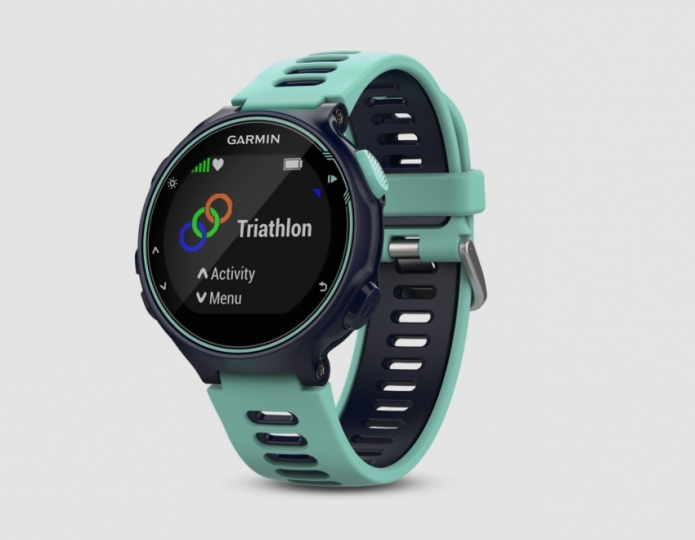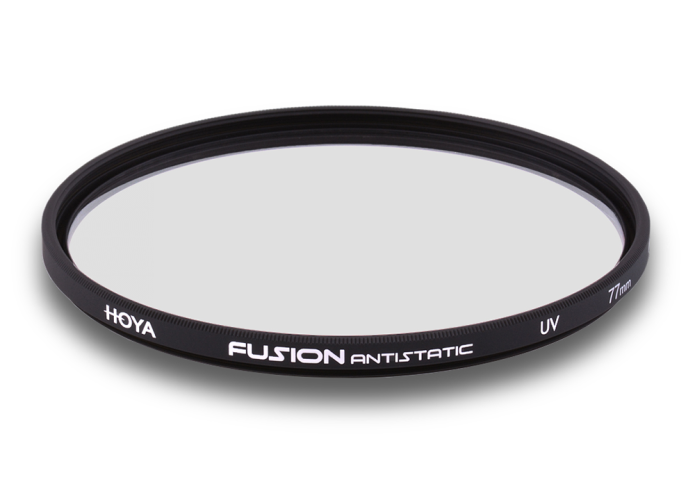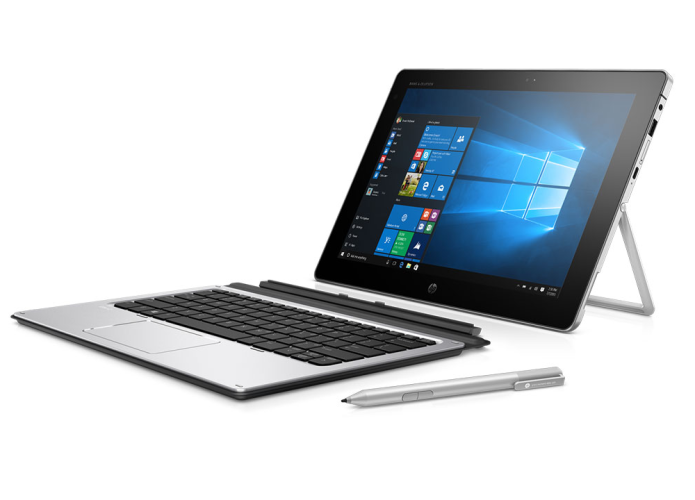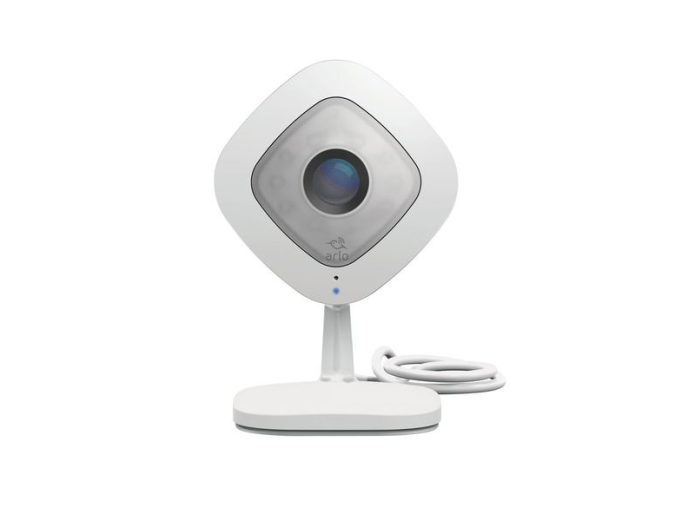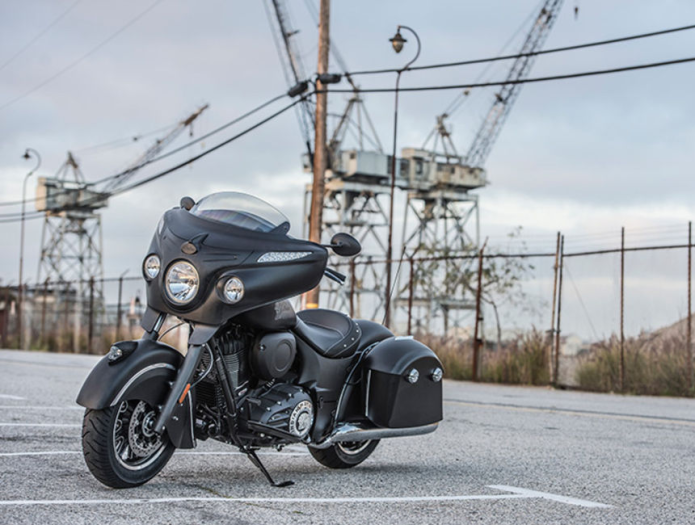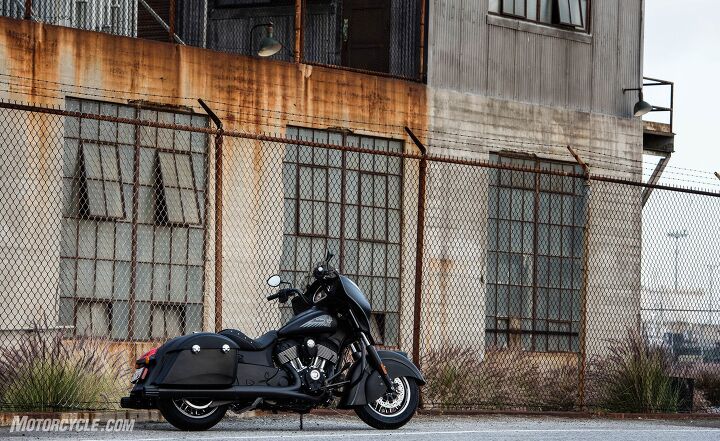There you are at the Starbucks, cursing your sciatic nerve. Checking the tank bag for Advil. Hoping your family left enough hot water at home for a good soak. Welcome to middle age, boys and girls, when the days of casting long, flexible limbs over a supersport might be behind you, like hair without gray or knees without creak.
Well, you might be old but you’re not dead, which is why these three motorcycles exist. Mainly. They represent one facet of the grown-up sportbike universe, sporty but not painfully supersport-like machines that promise good performance. You want technology, too, so no overtly retro machines here, and you’re getting cheap in your old age, so let’s keep things at or below $12K, okay?

It’s obvious that the new Suzuki GSX-S1000F (“Gixess”) is aimed right at the graying whiskers of Kawasaki’s Ninja 1000, which got a substantial refresh for 2014, adding a bit of power, traction control, and the option of factory-designed hard luggage. Together, they’re the Sensible Twins—comfortable, still fast, and genuinely sporty bikes you won’t hesitate to take on a weeklong vacation. That part of the comparison is obvious.
Less so is including Yamaha’s flexible and charismatic FJ-09. Some see it as a street-biased machine styled in the adventure-touring idiom. Even so, the FJ is much closer in concept to the Gixess and Ninja than, say, a BMW F800GS. So since we love us some strange alchemy, we brought these three together to find the best modestly priced, old-man-friendly sportbike in the land.
3rd Place : Suzuki GSX-S1000F

Successful dishes require more than a promising recipe. It’s true that Suzuki seems to have all the ingredients on hand. The engine is based on the much beloved 2005-’06 GSX-R1000, which, way back then, set the standard for peak power, a broad spread of torque, good manners, and even smoothness. For the $10,999 Suzuki GSX-S1000F, there are steel valves, different pistons, and revised cam timing meant to bolster midrange at the expense of top-end power. That this honey of an engine was in the lightest and arguably the best handling of the Gixxer Thou’s chassis only made it seem more epic.
Today’s Gixess chassis is modern in the sense of having fully adjustable KYB suspension front and rear, coupled with a cast-aluminum GSX-R-style frame, and totally up-spec Brembo brakes backed up by ABS. Perhaps our favorite aspect of the GSX-S is the moderate riding position, a lot like what you might get by putting a new top triple clamp and sweet-looking Renthal tapered-aluminum handlebar on a GSX-R. Which, really, is what Suzuki did.
Combine that great riding position with the least weight and you have yourself a thinking man’s sportbike. At 475 pounds wet, the Suzuki undercuts both the 510-pound Ninja and the 497-pound Yamaha. (The caveat here is that our FJ-09 was weighed with the optional hard bags and heated grips in place; a bare FJ would be very close to the Suzuki.) Let’s not understate facts: The GSX-S is the best-handling bike here by some measure, as long as the roads are smooth (more on that later). Quite simply, the Gixess changes direction more easily, tracks better, and not just tolerates but thrives on combined braking-and-turning maneuvers. What’s more, while the dyno shows the Suzuki trailing the Kawasaki in the lower 80 percent of the rev band, the GSX-S feels just as strong on the road and holds a nearly 16-hp edge up top.

This sounds like a first-place bike, doesn’t it? If only the Suzuki were better refined, if the premium ingredients only made a better stew. Perhaps Suzuki thought that because GSX-S has GSX-R roots, and the GSX-R is an uncompromising supersport, to be “true” to the GSX-R, the Gixess needs the same class-leading power, “thrilling” throttle response, and “track ready” suspension calibration.
Except it doesn’t. In this context, you get abrupt throttle response that makes the Suzuki difficult to ride smoothly. And, no, you never “get used to it.” The symptom could be the result of having to meet emissions requirements without ride by wire, or it could be a conscious choice to give the bike “personality.” It’s wrong either way and made that much worse by suspension whose calibration is simply too rigid. Even with the adjusters turned down, the GSX-S’s ride is consistently unyielding, which offers great feedback on smooth roads but quickly turns the bike into a handful on what passes for public roads. Sigh.
We could overlook the ungainly styling or the least-in-class weather protection or the difficulty of fitting even soft luggage to the Suzi’s tiny hindquarters if the Gixess’ manners were more in line with the class and palatable to the intended customer.
2nd Place : Kawasaki Ninja 1000 ABS

Seems odd that the company most often associated with over-the-top styling, hyper-aggressive sportbikes, and, occasionally, horsepower before refinement should so comprehensively “get” what the $11,999 Kawasaki Ninja 1000 ABS should be. Whoever ran the development program must be in the target demo for the bike because the final product is right on the money. It’s not trying to be outrageously sporty, but it’s also well up the dial from dull. For the experienced rider who wants as little physical pain as possible but who also doesn’t want to be insulted by lackluster performance, the Ninja offers exactly the right balance.
Say what you will about the grown-up-Ninja’s styling—we’re definitely not fans of the exhaust—but the 1000 benefits from excellent weather protection with minimal turbulence for riders of various heights. There’s both more and better coverage than the Suzuki musters, and you get a three-position-adjustable windscreen to boot. The riding position feels relaxed, even if it is sportier than the Suzuki’s, and the seat is a nearly perfect balance between long-distance comfort and allowing you to move around while riding your favorite back roads.
But let’s not make the Ninja sound too much like a bloated sport-tourer here. It makes a respectable 123.5 hp with a best-in-show 74.8 pound-feet of torque (out-grunting the GSX-S by a fraction), and that power is spread all over the chart. Even better, the 1,043cc inline-four’s manners are near impeccable, with smooth throttle response and little vibration at low- and midrange revs. Because torque production starts to wane beyond 8,000 rpm and the engine’s a little buzzy, you’re inclined to short-shift and let the Ninja chug its way from corner to corner.

True, the Kawasaki’s handling isn’t as light feeling or neutral as the Suzuki’s—there’s a definite sense that a taller rear tire from the stock 190/50 setup would make the Ninja seem livelier and a bit less reluctant to change direction—but you can carve up your favorite road at a quick street pace with as little effort here as you’d put into wrangling a ZX-10R. Only occasionally will you hear the peg feelers twink into the pavement—we never managed to drag the Suzuki’s higher pegs—though you could also just reach down and dial in a bit more rear preload via the handy adjuster. As we’ve mentioned before, the Ninja tends to use its suspension travel in quick little lunges, but it never does this in a way that unsettles the chassis or turns into outright harshness.
As we found on our long-term Ninja 1000 through 2014 and ’15, taller gearing would make the Kawi a bit less frantic on those inevitable highway drones, but in this company it actually feels fairly relaxed, enough that we wondered if Kawasaki hadn’t changed gearing on us. (It didn’t.) To further benefit long-distance travel, 28-liter hard bags are a dealer-installed option that’ll set you back around $1,300 with all the necessary bits and pieces. Great bags, highly recommended.
So why doesn’t the Ninja take first place? Partly it’s money. Equipped comparably to the FJ-09, you’re looking at almost $13,500 or about $2K more than the Yamaha. Partly it’s personality. While the Ninja is quick, capable, and accommodating, it’s so well refined that a bike with one key attribute just barely beat it…
1st Place : Yamaha FJ-09

And that attribute is: fun. Yes, we hear you groaning. But this is a real thing and we stand by it: You can measure bikes a thousand ways, parse their performance and convenience items, line up figures and features in neat rows, and still never capture their essence. How does a bike go about its business? Is it cheerful and eager and revvy? Maybe it’s dour—as though it’ll rip away from the stoplight or dive toward the next apex but only if you really insist.
Connecting these subjective impressions with actual behavior is different for everyone, butYamaha’s $10,490 FJ-09 manages to make all of us smile, the young guns, the still-pretty-young women, and the cranky old farts alike. It all starts with Yamaha’s unflinchingly good 847cc triple, which gives up power along with displacement to the other two. With 102.9 hp and just 59.3 pound-feet of torque on tap, you’d think the GSX-S and the Ninja would leave the FJ-09 for dead, but the Yamaha plucks up and manages to hang with both—until the Suzuki rider can get to the upper part of the powerband, where the Gixess then becomes a receding blue dot on the road.
This power deficit is balanced by a kind of willingness to pull with any rpm showing on the bar-graph tach and the tractable nature of this engine. The FJ has TC like the other two but seems to use it less, no matter how aggressively you ride. Yamaha has given the FJ better and more civil responses than the FZ-09 ever had by new ride-by-wire programming, but there are still a few places in the throttle/power matrix where the FJ feels a tad unruly or unpredictable. But once you have the throttle well open, the “Fudge Nine” scrambles up the rev range like an over-caffeinated gymnast up a rock wall.

Such power encourages you to take advantage of the Yamaha’s light steering and willingness to lean. Compared to the Suzuki, it’s similarly low effort but is more neutral with lean angle, likely because of the wider, taller handlebar. And the Yamaha uses its tight wheelbase (0.2 inch shorter than the Ninja’s, 0.7 inch shorter than the GSX-S’s) to give it the maneuverability of a middleweight.
You’ll notice that the FJ has low and very rearset footpegs, which is one reason it tends to drag quite a lot, even at street speeds. The other reason is the FJ’s soft suspension, which is great on the highway but tends to use too much of its travel when you start pushing things. Only harsh when you’ve blown through the soft springs, the FJ’s suspension could be stiffened a bit without killing the fun.
Admittedly, the FJ’s touring prowess isn’t quite as sterling as the Ninja’s. We are divided on the effectiveness of the Yamaha’s angular fairing and windshield with so little vertical adjustment that it hardly seems worth the effort. You will probably dislike the way the air spills off the screen, typically right into your face shield or chin bar. And despite aggressively large hand guards, the FJ can’t match the Ninja’s overall level of protection. Finally, Yamaha’s accessory hard bags, while about $400 less expensive overall than the Kawasaki’s, are smaller (22 liters each versus 28), are flimsily constructed, and have floppy latches that cannot be keyed to the ignition. Hmmm.
This comparison started so we could see which of the Kawasaki or Suzuki was the better mature-rider’s sportbike with the Yamaha thrown in for giggles. And in the end we came away liking the FJ-09 better for just about everything you’d want to do on the GSX-S or Ninja. You could ride it all day. You could ride it every day. The FJ-09 might not look like the prototypical grown-up sportbike, but that’s exactly what it is.
| Tech Spec |
Kawasaki Ninja 1000 ABS |
Suzuki GSX-S1000F |
Yamaha FJ-09 |
| Price |
$11,999 |
$10,999 |
$11,748 (as tested) |
| Engine |
1043cc, liquid-cooled inline-four |
999cc, liquid-cooled inline-four |
847cc, liquid-cooled inline-triple |
| Bore X Stroke |
77.0 x 56.0mm |
73.4 x 59.0mm |
78.0 x 59.1mm |
| Compression |
11.8:1 |
12.2:1 |
11.5:1 |
| Valve Train |
DOHC, 16v |
DOHC, 16v |
DOHC, 12v |
| Fueling |
EFI |
EFI |
EFI, ride by wire |
| Clutch |
Wet, multi-plate |
Wet, multi-plate |
Wet, multi-plate |
| Trans/Final Drive |
6-speed/chain |
6-speed/chain |
6-speed/chain |
| Frame |
Aluminum twin-spar |
Aluminum twin-spar |
Aluminum twin-spar |
| Front Suspension |
KYB 41mm fork adjustable for spring preload, compression and rebound damping; 4.7-in. travel |
KYB 43mm fork adjustable for spring preload, compression and rebound damping; 4.7-in. travel |
KYB 41mm fork adjustable for spring preload and rebound damping; 5.4-in. travel |
| Rear Suspension |
KYB shock adjustable for spring preload and rebound damping; 5.4-in. travel |
KYB shock adjustable for spring preload and rebound damping; 5.1-in. travel |
KYB shock adjustable for spring preload and rebound damping; 5.1-in. travel |
| Front Brake |
Tokico four-piston calipers, 300mm discs with ABS |
Brembo four-piston calipers, 310mm discs with ABS |
Advics four-piston calipers, 298mm discs with ABS |
| Rear Brake |
Tokico single-piston caliper, 250mm disc with ABS |
Nissin one-piston caliper, 220mm disc with ABS |
Nissin one-piston caliper, 245mm disc with ABS |
| Front Tire |
120/70ZR-17 Bridgestone S20F |
120/70ZR-17 Dunlop Sportmax D214F |
120/70ZR-17 Dunlop Sportmax D222 |
| Rear Tire |
190/50ZR-17 Bridgestone S20 |
190/50ZR-17 Dunlop Sportmax D214 |
180/55ZR-17 Dunlop Sportmax D222 |
| Rake/Trail |
24.5°/4.0 in. |
25.0°/3.9 in. |
24.0°/3.9 in. |
| Seat Height |
32.3 in. |
31.9 in. |
33.3/33.9 in. |
| Wheelbase |
56.9 in. |
57.5 in. |
56.7 in. |
| Measured Weight |
510/480 lb. (tank full/empty) |
475/448 lb. (tank full/empty) |
497/468 lb. (tank full/empty) |
| Fuel Capacity |
5.0 gal. |
4.5 gal. |
4.8 gal. |
| Fuel Economy |
43/34/38 mpg (high/low/average) |
47/37/43 mpg (high/low/average) |
46/36/41 mpg (high/low/average) |
| Range |
190 mi. (including reserve) |
194 mi. (including reserve) |
197 mi. (including reserve) |
| Corrected 1/4-mile |
11.05 sec. @ 128.8 mph |
10.82 sec. @ 132.8 mph |
11.77 sec. @ 112.1 mph |
| top-gear roll-on, 60–80 mph |
2.9 sec. |
2.9 sec. |
3.8 sec. |
| Warranty |
12 mo., unlimited mi. |
12 mo., unlimited mi. |
12 mo., unlimited mi. |
| More info at |
kawasaki.com |
suzukicycles.com |
yamahamotorsports.com |
(motorcyclistonline.com, http://goo.gl/Wo30c6)



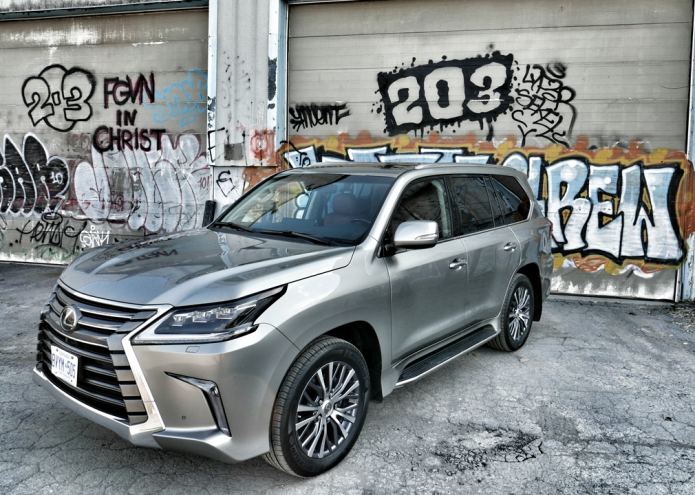
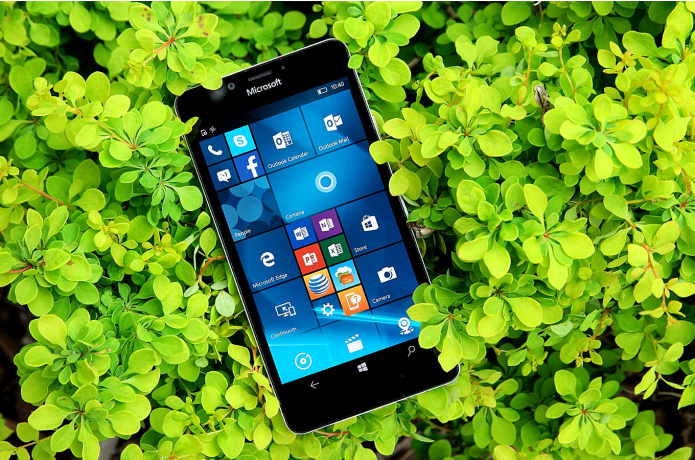

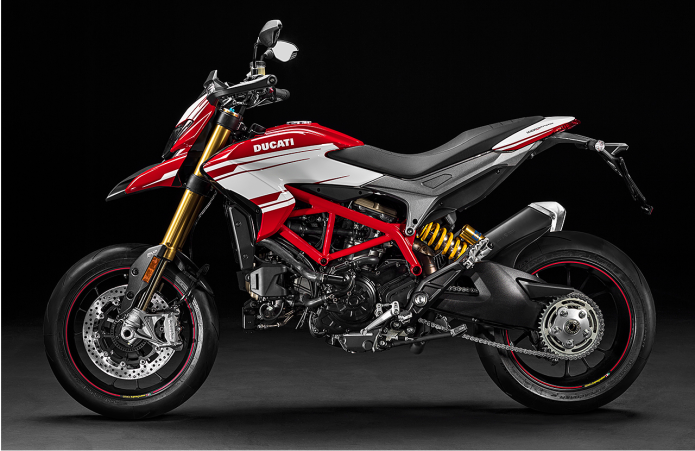

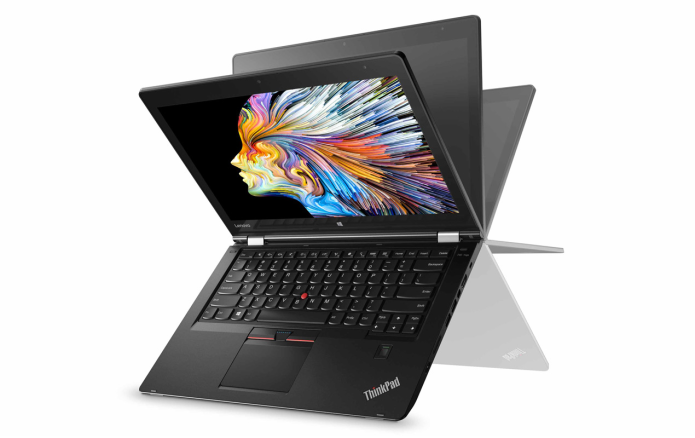
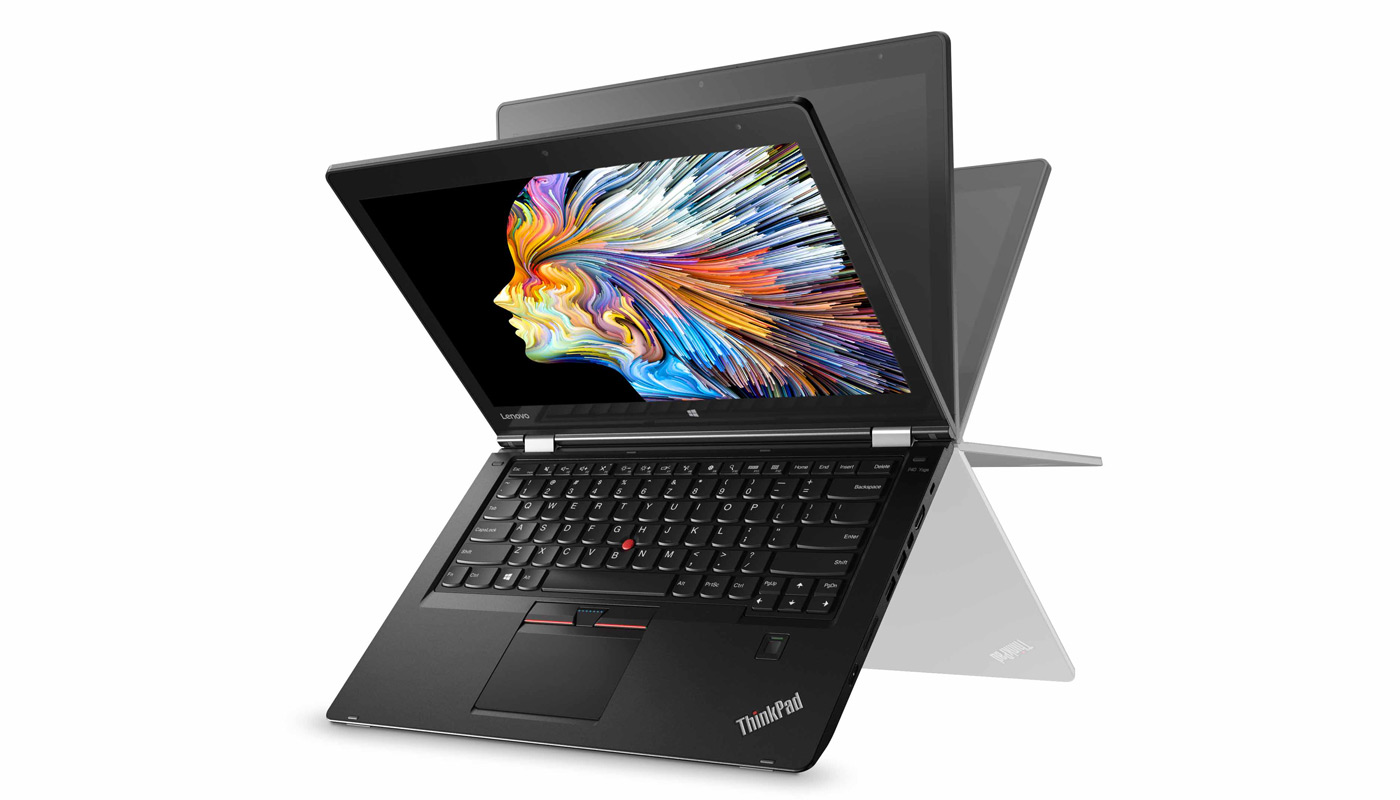
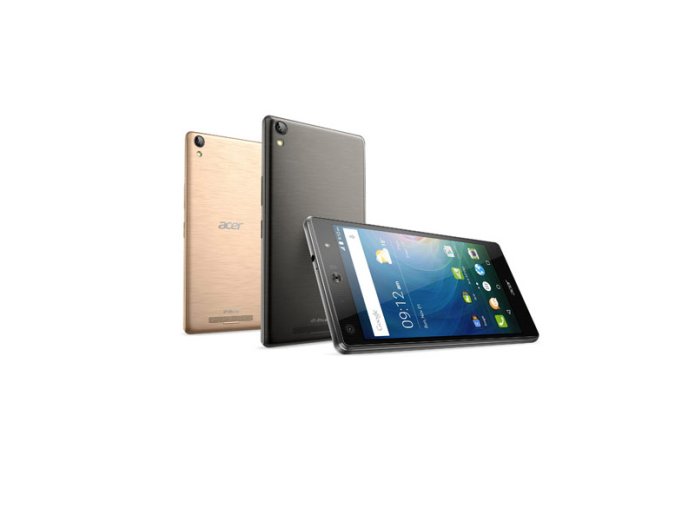

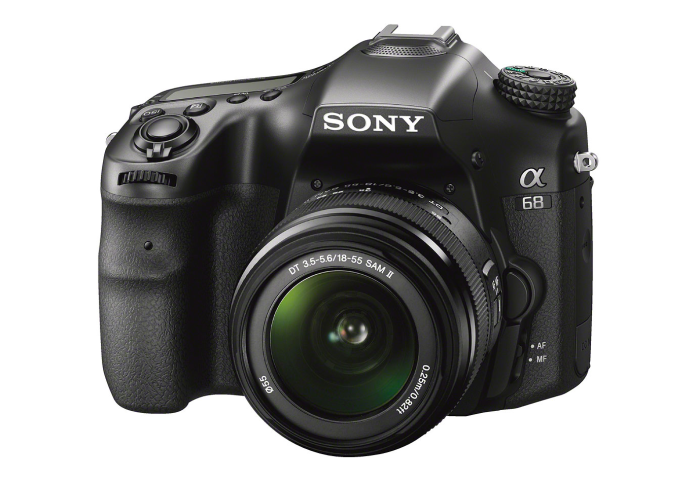
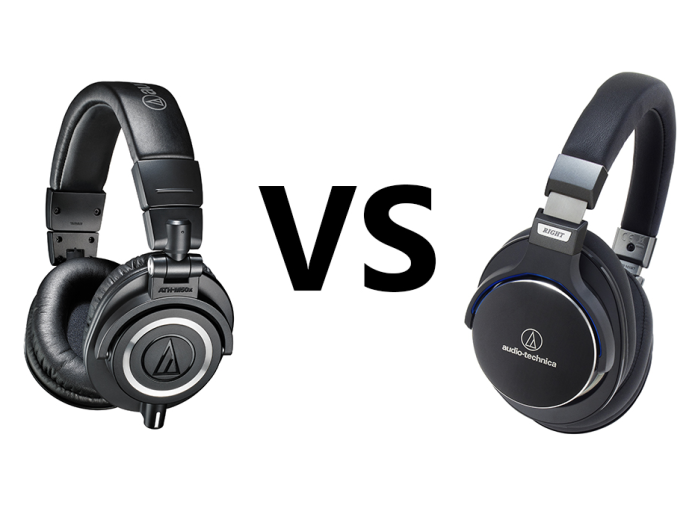

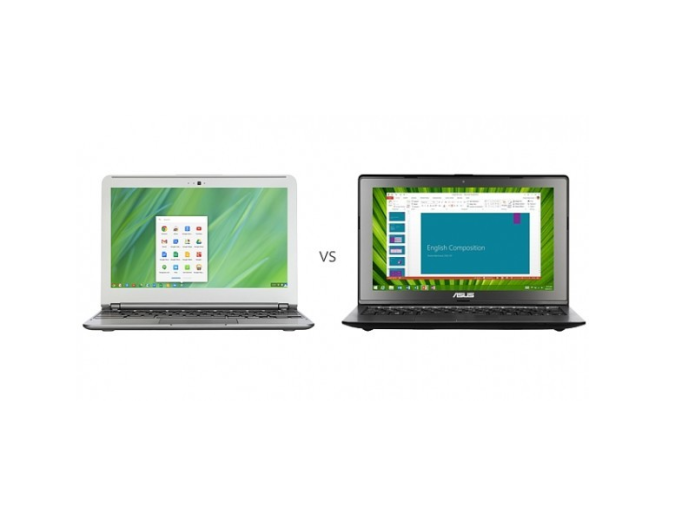




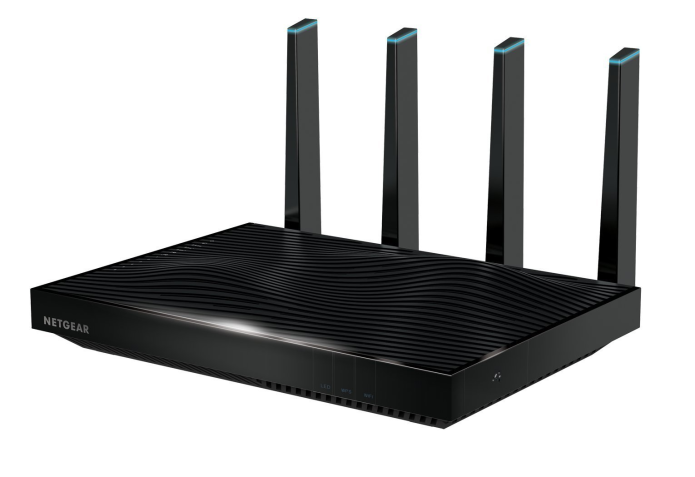
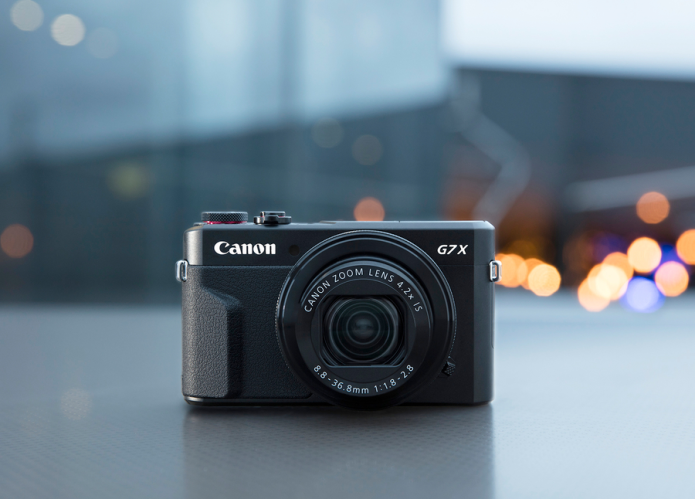
 4.2x optical zoom lens, f/1.8-2.8 aperture
4.2x optical zoom lens, f/1.8-2.8 aperture



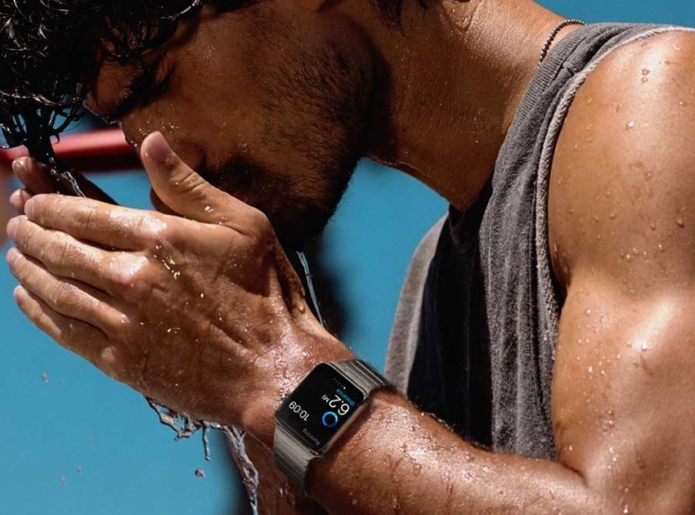
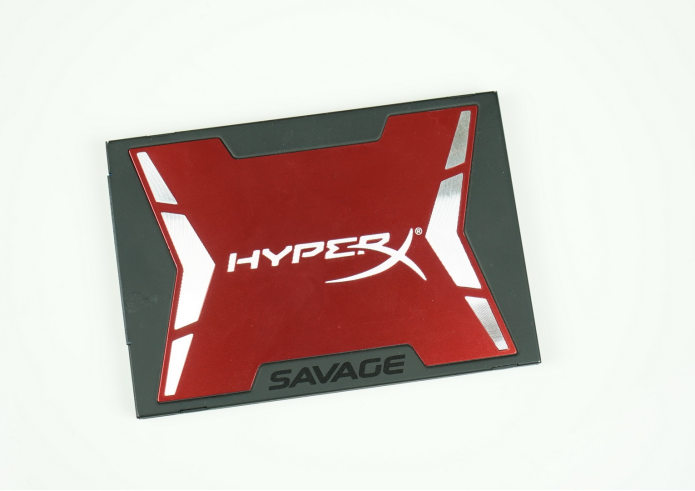


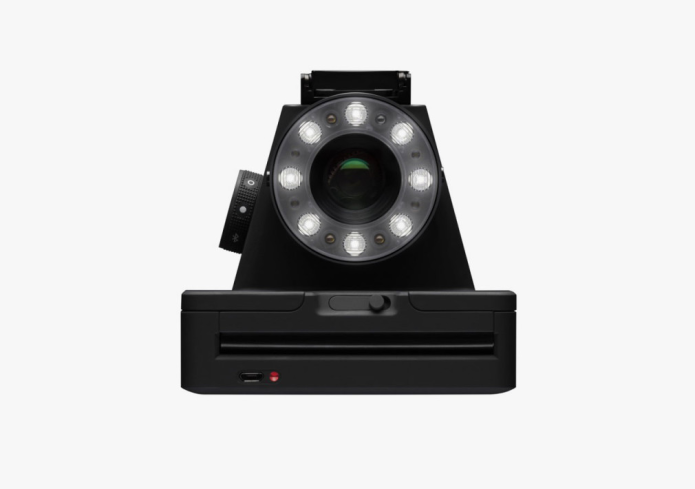

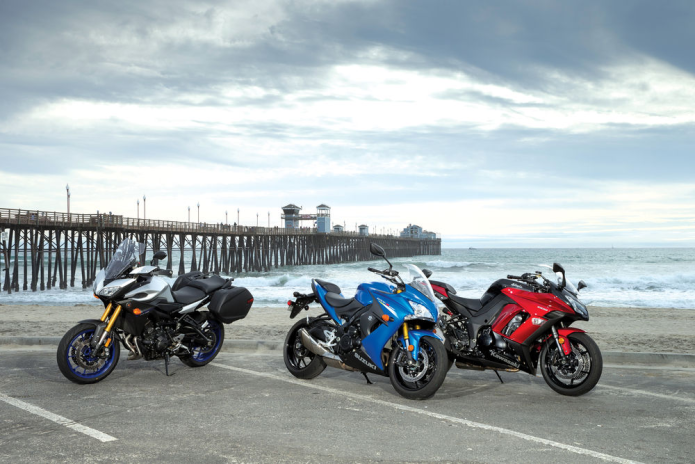











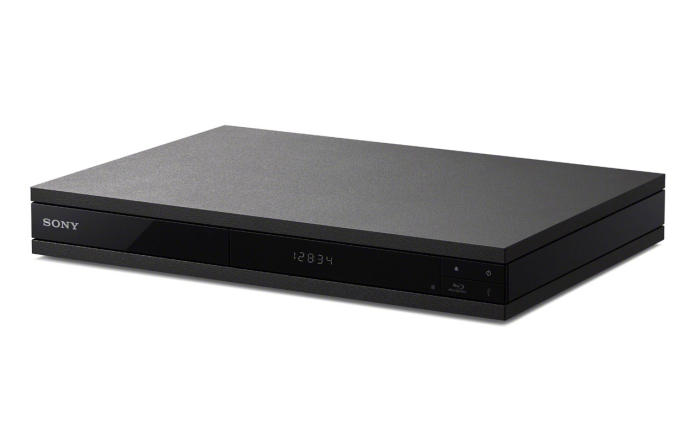
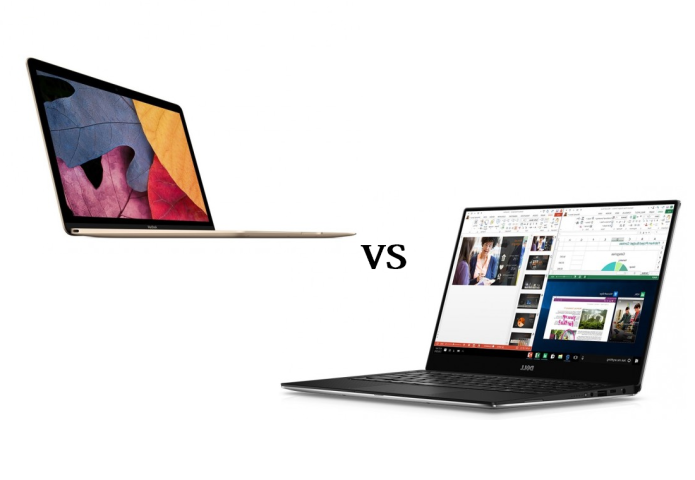


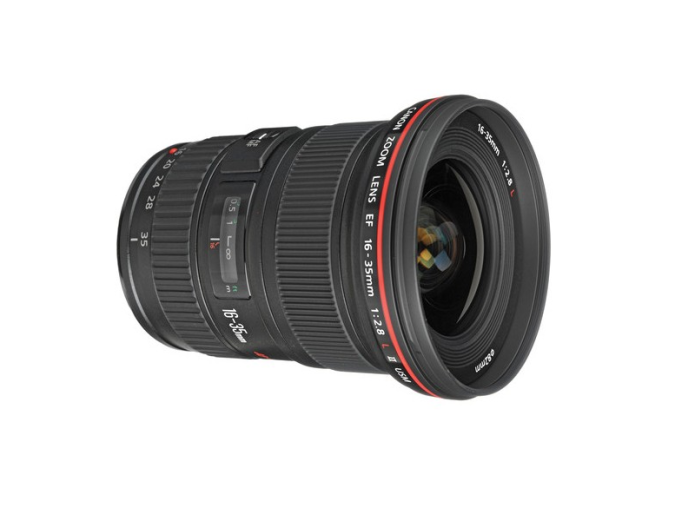
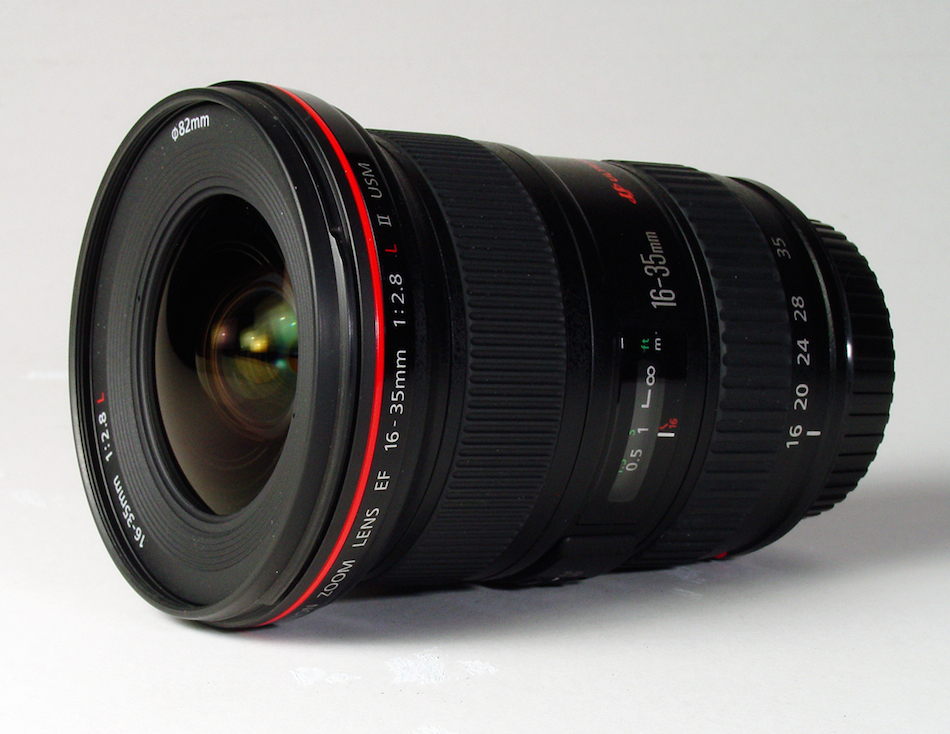 …
…

